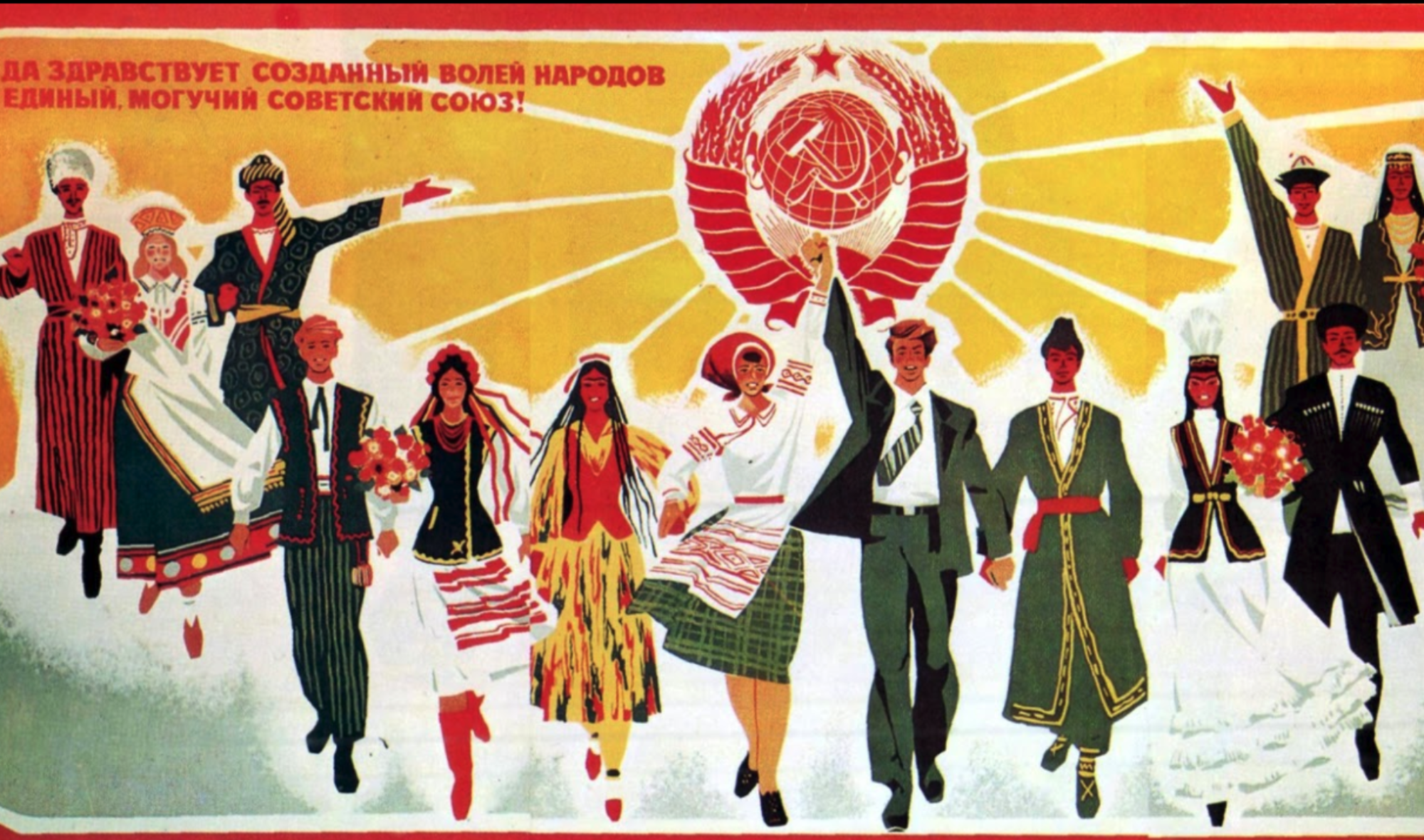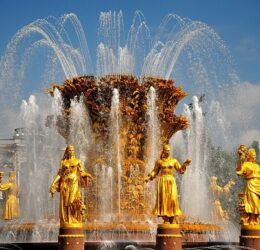After reading chapters 3 and 4 from “Beau Monde on Empire’s Edge” by Mayhill C. Fowler, it is easy for me to presume that we all saw the issue of Soviet censorship from a mile away. Although, with the idea of not having to entertain an audience of “normal” people and rather one in which supplies funding for the theater directly, it is not a wonder why the content of the performances was catered to them instead. However, Fowler points out, “according to Soviet ideology, shouldn’t all art be for everyone? After all, too much focus on securing the hard-won rubles from the lower-class audience members created art that was ostensibly ‘lower’ in the artistic hierarchy of the Russian Empire” (Fowler, 96). I feel this is an interesting concept and obviously counterintuitive to spreading culture when, in reality, only the elites enjoy the larger productions in Moscow.
Perhaps the real culture is to be found in that of the literature discussed between the comparisons of Ostap Vyshnia and Il’f -Petrov. Both were very famous and responsible for works that are still referenced as great sources of Soviet literature. Although Vyshnia struggled with the issue of making his work something for the masses to enjoy, he had no struggle in creating well praised Soviet entertainment. I believe that besides the modernized level of production, Soviet Ukrainian culture was most noteworthy for the simple fact that the Officialdom supported and promoted it in a way that we have yet to see so far. This idea is supported by Fowler’s statement that “Indeed the years of Ukrainization corresponded to years of artistic flourishing in Soviet Ukraine” (Fowler, 118).

